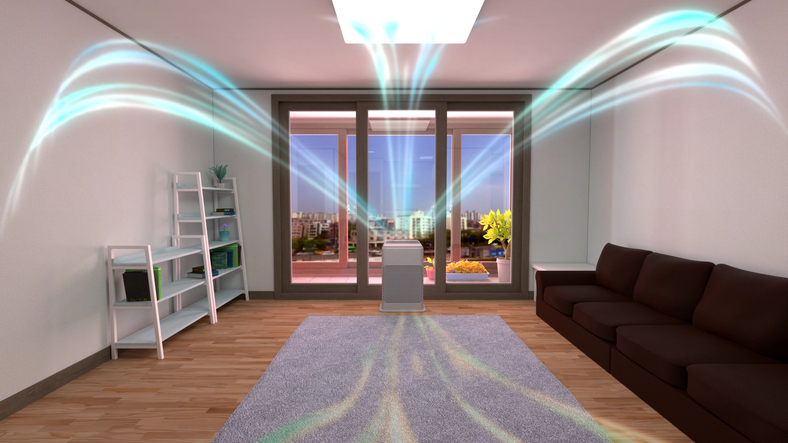Have you ever wondered how your home impacts your health? Does it provide a sanctuary that promotes relaxation and wellness, or does it contribute to allergies and sleep disruptions? The environment we live in plays a crucial role in our overall well-being, and understanding how to optimize it can make a significant difference in our lives. A recent podcast from Real Life Renos: the Podcast dives into the Well Building Standard, a transformative approach to designing healthier spaces, with insights from Linda Kafka, a Well Accredited Professional.
What is the Well Building Standard?
The Well Building Standard is a comprehensive framework that assesses how various elements within the built environment affect human health and well-being. Originally applied to commercial buildings, healthcare facilities, educational institutions, and other public spaces, the principles of the Well Building Standard are increasingly relevant for residential settings. The standard evaluates multiple factors, including air and water quality, lighting, nourishment, fitness, comfort, and mental well-being.
Indoor Air Quality: Breathing Easier
One of the most critical aspects of the Well Building Standard is indoor air quality. We spend over 90% of our time indoors, where we are exposed to a range of pollutants. From the new car smell, which many find appealing but is actually toxic, to off-gassing from building materials and household products, indoor air can be more polluted than outdoor air. Poor air quality can lead to respiratory issues, allergies, and other health problems.
To combat this, the Well Building Standard encourages the use of high-quality air filtration systems and ventilation strategies. Ensuring your home has proper ventilation and using air purifiers that do not emit ozone can significantly improve the air you breathe. Simple changes like these can lead to better health outcomes and a more comfortable living environment.
The Power of Lighting
Lighting is another crucial factor that affects our health. Natural light exposure supports our circadian rhythms, influencing our sleep patterns, hormone production and overall mood. Unfortunately, many homes rely heavily on artificial lighting, which can disrupt these natural cycles, especially if the lighting emits blue light that suppresses melatonin production.
Integrating circadian lighting systems and maximizing natural light in your home can make a profound difference. Consider adding skylights or enlarging windows to bring in more natural light. At night, use lighting that mimics the natural progression of the sun, promoting relaxation and better sleep.
Comfort and Mind: Creating a Sanctuary
The Well Building Standard also emphasizes the importance of comfort and mental well-being. Factors such as acoustics, thermal comfort and biophilic design (incorporating natural elements) can all impact our emotional state. Noisy environments, for example, can increase stress levels and disrupt concentration, while poor thermal comfort can affect sleep quality and overall comfort.
Creating a home environment that supports your mental well-being involves thoughtful design choices. This might include using sound-absorbing materials, ensuring consistent and comfortable temperatures, and incorporating natural elements like plants and views of nature. These changes can help reduce stress, improve mood, and create a more peaceful living space.
Practical Tips for a Healthier Home
Adopting the Well Building Standard principles in your home doesn’t have to be overwhelming. Here are some practical tips to get started:
- Improve Air Quality: Use HEPA filters and ensure proper ventilation. Avoid products that emit harmful chemicals and regularly clean filters in your HVAC systems.
- Enhance Lighting: Maximize natural light during the day and use circadian lighting systems to support your natural sleep-wake cycle.
- Incorporate Natural Elements: Bring in plants, use natural materials, and create views of nature to promote a sense of calm and well-being.
- Focus on Comfort: Ensure your home maintains a comfortable temperature, use sound-absorbing materials to reduce noise, and arrange your space to minimize stress and promote relaxation.
The Well Building Standard provides a valuable blueprint for creating healthier living environments. By focusing on key factors like air quality, lighting, and mental well-being, we can transform our homes into sanctuaries that support our health and happiness. Whether you’re renovating your home or simply looking to make small changes, embracing these principles can lead to a more comfortable, enjoyable, and healthy living space.






Add Your Voice
0 Comments
Join the Discussion